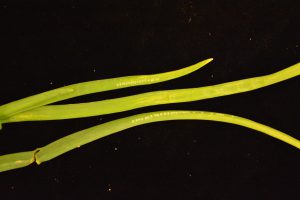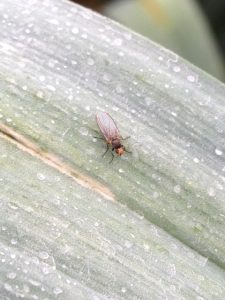Thursday March 23, 2023 12-1pm Eastern Time
Rutgers Cooperative Extension is partnering on a regional project with other New England Land Grant Universities to offer webinars related to agritourism in the northeast.
Join our speakers for Incorporating Classes into Your Agritourism Business, where they will share their experiences with offering, hosting, and teaching classes. As farm and food business owners, you are experts in your craft and likely face endless questions from customers and the public. Why not use this as an opportunity to offer classes, enabling your customers or the public to learn from your expertise? Classes can be tailored to a variety of topics and activities.
Susan Rigg is the owner of and cheesemaker at Whey River Creamery. Susan offers both introductory and advanced hands-on cheesemaking classes. Michele Capron is the co-owner of Lavender Essentials of Vermont. She offers numerous classes, including lavender wreath creations, cooking with lavender, native tea blending, herb garden, and make it – take it. Deb Hartshorn owns White Picket Farm LLC, offering a variety of class experiences, including soap making, creating terrariums, succulent bowls, and more!
To register go to: https://extension.psu.edu/incorporating-classes-into-your-agritourism-business
This webinar is free, but registration is required. You will need to create an account with Penn State Extension to register for this webinar.



